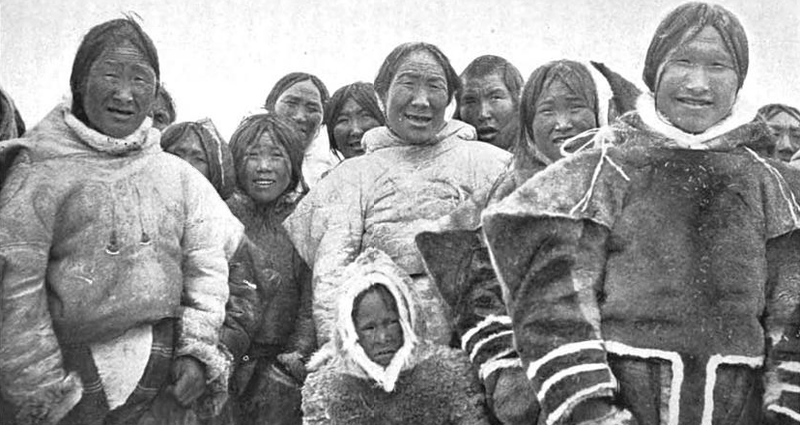<![CDATA[In a study published online last week, scientists report that through genetic analysis they have found that today's Inuit and Arctic Native Americans are different from the region's first settlers. They believe that the first settlers in the Canadian Arctic were Paleo-Eskimos, a group of people that lived in isolation from other inhabitants, such as the ancestors of the Inuit people, for nearly 4,000 years. The study suggests that the Paleo-Eskimos entered the Arctic about 5,000 years ago, but they were not from the migration from Asia to the Americas of 15,000 years ago, unlike the ancestors of the Inuit. Legends and stories passed down through the generations of the Canadian Arctic have talked about a group of people known as the Tunit, who were inhabitants of the far north. They were said to be very strong, but kept to themselves. The recent find may prove that these stories are true. The Tunit did not mix or interact with any of the Native Americans from the South or the Inuit's ancestors. This behaviour is strange, as even Neanderthals had relationships with modern humans. The study was done by Eske Willerslev, an evolutionary geneticist and Maanasa Raghavan, a molecular biologist, from the University of Copenhagen. Another strange find from their analysis suggests that the Paleo-Eskimo migrants had very few women, with the researchers even stating the possibility that there was only one female in the entire first population. The researchers struggled to get proper DNA to test because the Paleo-Eskimos did not bury their dead, leaving their remains in the open to be destroyed. Out of the hundred and sixty nine sets of human remains found in Alaska, Canada, and Greenland, only twenty six could be used effectively to map a whole genome. The scientists extracted as much information as they could from the DNA samples. Archaeologists had previously known about the different cultures that belonged to the Eskimo tradition, but were unsure how they related to each other, and whether they were distinct groups or descended from the same people. There were the Saqqaqa, who originated about 4,000 years ago, lived in tent camps and hunted seals and caribou. After them came the Dorsets, who hunted walruses 2,800 years ago. Then there were the Thules, ancestors of the modern Inuits who hunted whales and sailed skin boats, about 1,000 years ago. The recent research shows that the Saqqaq and Dorset cultures did not come from different peoples as was previously thought, but belonged to the Paleo-Eskimos lineage, which died out 700 years ago. The scientists have discovered that the Paleo-Eskimo lineage died out with the Dorset culture, around the same time the Thules were expanding throughout the Arctic. So far, there has not been any evidence of a violent confrontation between the two groups, but the researchers haven't ruled out the possibility. The Thules had more advanced weaponry and lived in larger groups than the Dorsets. Willersev states that the Thules may have pushed the Dorsets to the northernmost parts of the arctic, where they eventually died out, or the Dorsets could have been inflicted with a deadly disease. ]]>
New Questions Arise About Original Arctic People
